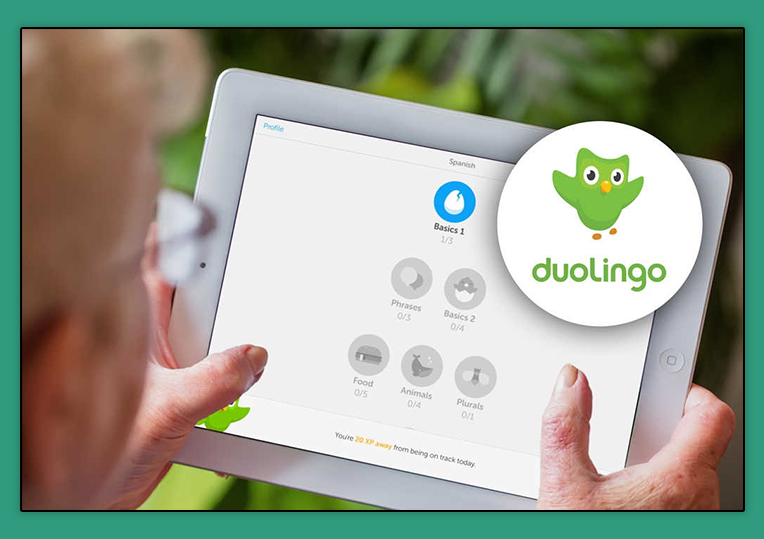Brand Media: The Basics, Principles, and Tactics of Operating
Brand Media: The Basics, Principles, and Tactics of Operating
Using brand media is becoming a strategy to capture the interest of customers and enhance lasting connections with them by conveying a business's identity.
Brand media plays a significant role in today's information-driven society. It is a tactical method used to promote goods and services, enabling companies not just to advertise their products, but also to establish a unique brand identity.
The Basics of Brand Media
Content in brand media is utilized to communicate the values of a company to customers, ultimately impacting sales, loyalty, and reputation. Adopting the approach of "storytelling over selling", organizations employ diverse formats such as articles, videos, and podcasts to establish a lasting relationship with their target audience.
The Objectives of Brand Media
Recognition
The aim is to simplify the process for customers to identify the brand and connect it with specific qualities and principles. For instance, the IKEA organization concentrates on promoting family values, and their public relations campaign targets the relevant audience. Consequently, when people require children's furniture for their kids' room, the thought of looking through the IKEA store catalog naturally arises.

Creation and Upkeep of a Favorable Impression
Brand media is responsible for building a perception of a company that aligns with its objectives and elicits positive feelings among the viewers. A prime instance of this is Christian Dior, which originated as a fashion house catering to the wealthy. Through strategic promotion and showcasing, the brand successfully crafted a fitting image for itself by the 1950s. Consumers of Dior dresses felt a sense of being selected, leading to the company's popularity despite the exclusive nature of their products.
Retention and Customer Acquisition
Media campaigns have the target of not only keeping the current audience but also discovering a new one.
Development of the Brand Community
The community is formed and grown by using various channels such as social networks, forums, public events, and similar platforms that allow brand enthusiasts to interact with each other and the company's staff.

Consumer Education
You can educate your audience to use the brand's products and services through media. Developing informative content, instructional videos, and other materials will assist in achieving this goal.
Increased Sales
Brand media uses various tactics like holiday offers, promotions, and advertising campaigns to indirectly boost sales. However, the main objective of this media is not meant to directly engage in selling.
Regarding successful brand media, there are certain ones that stand out. Red Bull PR campaign The paragraph is already written in English language. So, it does not require paraphrasing.
And the Airbnb campaign This is derived from a blog containing travel notes and personal travel experiences.
An aspect of these campaigns involves providing captivating, beneficial, and enjoyable content instead of forcefully promoting a product or service.
Who Needs Brand Media
It is important to mention that not every organization requires a project like this. Let's contemplate who should consider it:
- Companies that aim to educate their audience on product usage are particularly applicable in the fields of education, software, and technology.
- Companies that have developed a fresh item and are now aiming to create interest in it by using content.
- Long-lasting services are provided by companies like foreign language schools and real estate agencies. In such situations, using content can aid in creating a sales funnel that will enable the business to attract fresh customers.
- She is interested in brands that cater to a specific group of people. She prefers niche media that attracts individuals who share similar interests. An example would be university publications that aim to reach applicants and students.
- In businesses that offer goods and services to the general public, the objective of the public relations (PR) strategy is not just to make an initial sale, but to promote repeat purchases by providing engaging content.
Principles of Brand Media
Benefits for the audience
Content needs to be both engaging and practical, offering solutions, entertainment, and a positive user experience.
Compliance with brand values
The brand's values and image should be reflected in the materials used, which in turn helps to form a complete and cohesive perception of the company among consumers and reinforce its position in their thoughts.
Multichannel
Brand media effectively operates through different channels like social networks, blogs, podcasts, videos, and various online platforms. This range of channels enables you to connect with diverse segments of the audience. However, it is not mandatory to utilize all these channels simultaneously; instead, you can choose to focus on a few where your target audience is predominantly present.

Long-term strategy
Creating successful brand media is a process that requires time and effort. Its goal is to establish and enhance connections with the target audience, rather than achieving immediate outcomes. By consistently producing valuable content, brand media helps to gradually build and maintain loyalty amongst the audience.
Interaction and feedback
Creating ways for audience engagement is crucial in order to enable them to share their opinions and suggestions. By receiving feedback, the brand gains a deeper understanding of people's needs.
Analytics and measurement of results
It is important to examine the tactics employed in any project that spans a significant amount of time. In the context of brand media, it is crucial to keep track of metrics such as the number of subscribers, reactions from users to the content, participation in discussions, and the inclination to share publications.
How to Develop a Successful Approach for Brand Media
1. Goals and target audience
Objectives: Clearly define the specific outcomes you wish to accomplish, such as raising awareness, enhancing interaction, or advertising merchandise.
Who the company is trying to reach: Customers who are studying, including their interests, preferences, online habits, and the platforms they use online. Concentrate on potential customers who will find value in and be able to use the product.
2. Content
Creating content that is both engaging and beneficial to the target audience is crucial.
Diversify the formats available to appeal to users with varying interests, using various types of content such as articles, videos, infographics, and audio.
3. Channel Search
Examine different social networks, websites, and platforms to determine which ones have the most active audience engagement with the company's proposals.
Optimizing the platform involves customizing the content to match the unique requirements of each site. For instance, blog articles may be repurposed into multiple posts for various social media platforms.
Regularity and consistency in the way one expresses themselves verbally
Continual updating: Keep the audience engaged by regularly updating the content. Stay updated on the latest trends in the specific field to ensure the content remains relevant and assists users in navigating the ever-changing world.
To uphold the brand's values and policies, it is important to maintain the appropriate style and tone. This includes adhering to the editorial guidelines for writing texts, using appropriate words and language when addressing the audience, organizing publications (such as articles, posts, videos, etc.), and selecting suitable topics.
5. Interaction with the audience
Engage with subscribers, reply to comments and reviews, and consider their opinions. Rapid and efficient employee responses to customer demands are greatly valued.
Conclusion
us for expert advice and support. BusinessRocket advertising agency!








